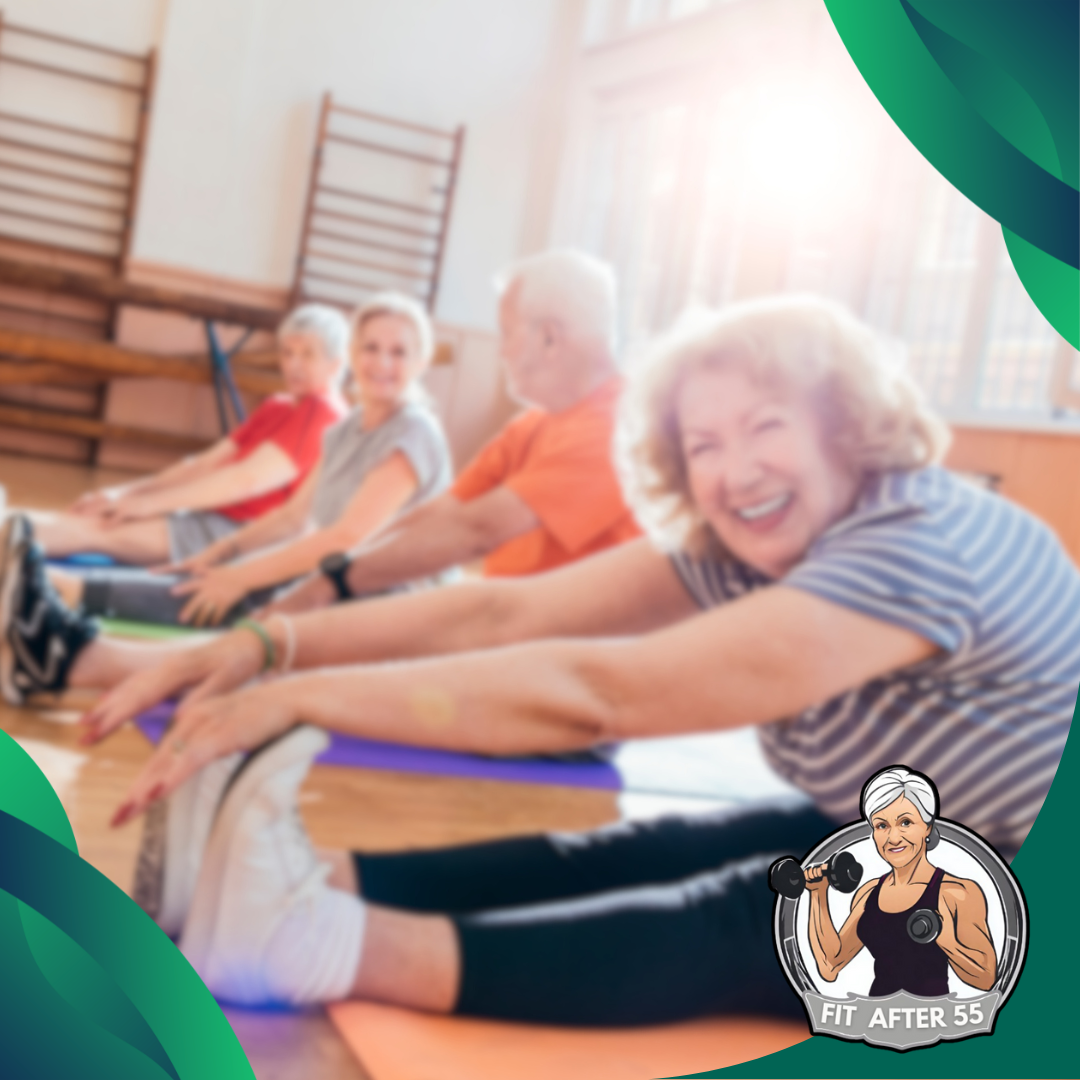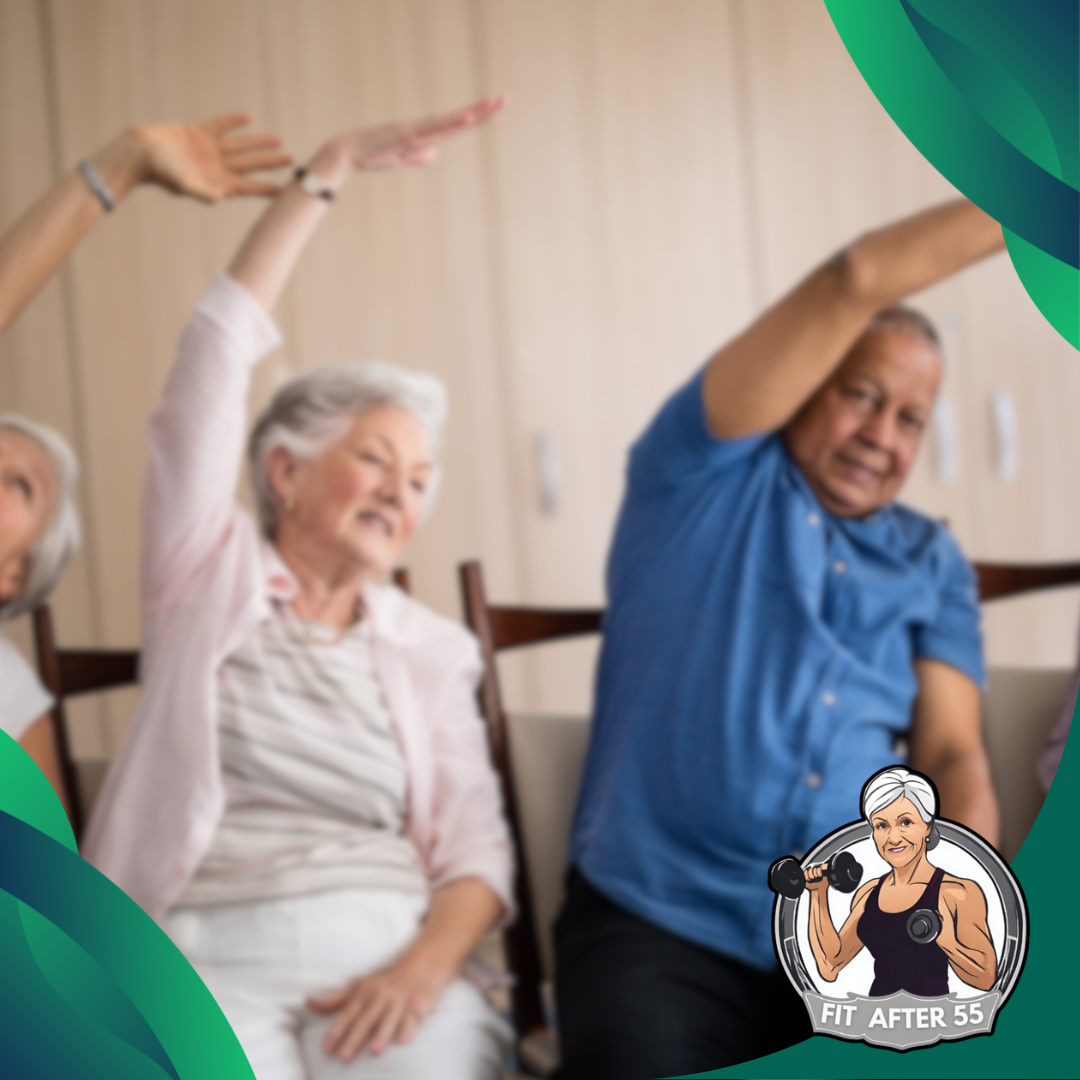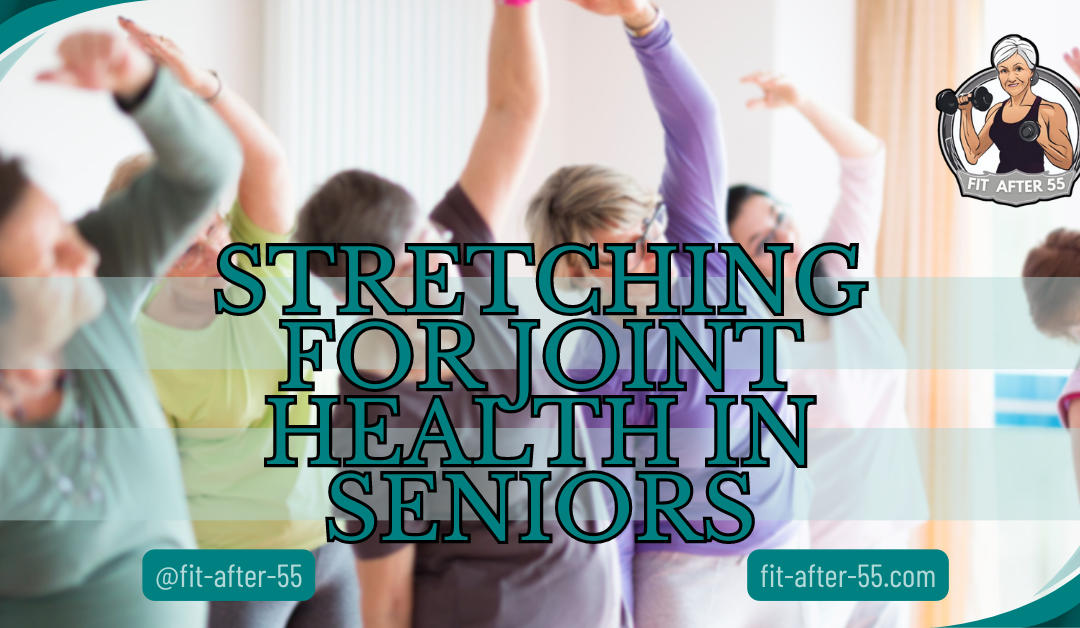Stretching for Joint Health in Seniors: Unlocking Mobility and Independence
When it comes to staying active and maintaining independence, joint health plays a pivotal role for seniors. Joint health refers to the overall well-being of your body’s connective points that allow for movement and stability. It’s not just about avoiding pain; it’s about preserving the ability to do the things you love.

As we age, our joints can become a source of concern. Common joint-related issues that seniors face include stiffness, discomfort, and conditions like arthritis, which can significantly impede daily activities. This isn’t just about managing symptoms; it’s also about proactive care to mitigate future problems.
You’re going to find out about the exceptional benefits stretching can offer for joint health. While it may seem like a simple activity, incorporating a regular stretching routine can be quite powerful. It can maintain and even enhance range of motion, support joint lubrication, and contribute to overall mobility and independence. Fluid, pain-free movement is what stretching promises to seniors paying attention to their joint health.
The Science of Stretching: Benefits Beyond Flexibility
You might think stretching is only about touching your toes or reaching for the sky, but it’s actually doing a whole lot more, especially for your joints. When you stretch, you’re not only working on flexibility but also promoting joint health in several ways.

The Science Behind Stretching
Let’s talk about the science. When you stretch, your muscles and connective tissues lengthen, which in turn takes pressure off your joints. It’s like giving them a little breathing room. But there’s more—stretching stimulates the production of synovial fluid, that’s the body’s natural joint lubricant. When your joints are well-lubricated, they move more easily, with less grinding and wear.
Injury Prevention Benefits
Consistent stretching plays a critical role in injury prevention for seniors as well. By maintaining a healthy range of motion, you’re less likely to experience a joint-related injury. Think of it as regular maintenance for your body; just like a well-oiled machine runs better, a well-stretched body moves better.
OK, so you’re getting that stretching has some pretty big pluses for joint health. In the next section, I’m going to guide you through setting up a stretching routine that’s not only effective but also tailored for safety, because safety always comes first.
Designing a Safe Stretching Routine for Older Adults
When it comes to starting a new exercise like stretching, safety is key, especially for seniors. First, I’m going to run through some basic guidelines to keep in mind.
Before doing any stretching, it’s crucial to get the blood flowing with a gentle warm-up. Think walking or arm circles – nothing too strenuous, but enough to prepare the muscles and joints.
Next up, a cool-down phase is just as important. After stretching, some light activity and relaxation exercises can help the body transition back to its resting state, reducing the chance of soreness.
Tailoring stretches to individual flexibility and ability levels is a smart move. You’re going to find out there’s no one-size-fits-all; what works for one person might not be suitable for another.

Remember, stretching should never cause pain. If you feel more than a mild tension, it’s time to back off. Adjustments to the stretch position and duration can help make the exercise more comfortable.
Choose something that resonates with you and fits into your capabilities. This will make it more likely to stick to the routine and safely work towards better joint health.
Gentle Stretching Exercises for Enhancing Joint Health
You’re going to find out about some effective stretching exercises specifically designed to support joint health in seniors. I’ll be guiding you through a selection of stretches that target the key joints, like the knees, hips, and shoulders. These stretches are gentle, so most seniors can perform them safely, but it’s always best to consult with a healthcare professional before starting any new exercise.

Targeting the Knee Joints
Let’s get into the list of stretches. For the knee joints, try seated leg raises and hamstring stretches. These can contribute to strengthening the muscles around the knees, providing better joint support. Remember, you shouldn’t feel any sharp pain while doing these; a mild stretching sensation means you’re doing it right.
Focusing on Hip Flexibility
Moving up to the hips, seated and standing hip marches are a great way to increase flexibility and mobility in the hip area. The hips are crucial for maintaining balance, so keeping them healthy is key to preventing falls. Hip stretches can also alleviate lower back pain, a common complaint among seniors.
Keeping the Shoulders Limber
As for the shoulders, arm circles and doorframe stretches can do wonders. These help keep the upper body flexible, allowing for a wider range of motion. Keeping the shoulders limber is important for tasks ranging from reaching for high shelves to getting dressed.
Guidelines for Stretching
Each stretch should be held for about 20 to 30 seconds without bouncing or making jerky movements. Remember to breathe deeply during each stretch, as proper breathing helps to relax the muscles and joints. Also, pay close attention to your body’s signals. If a stretch causes discomfort, ease up a bit, or try a modification.
Modifications for Mobility Challenges
The beauty of these exercises is that they can be modified to accommodate those with mobility challenges. For instance, stretches can be performed sitting down or with the aid of a chair for balance. Choose something that resonates with you and fits within your comfort level.
Coming up next, I’ll talk about the importance of sticking to a regular stretching schedule. Consistency is key when it comes to maintaining and improving joint health, and I’ve got some tips that’ll help you weave these exercises seamlessly into your daily life.
The Role of Consistency: Creating a Stretching Schedule
I’m going to let you in on a secret: the magic of stretching isn’t just in the movements; it’s in the regularity. Consistency is the golden key that unlocks the full potential of stretching for joint health, especially as you age.
You’re going to find out about some foolproof tips for weaving stretching into your everyday life. It’s not about carving out huge chunks of time; it’s about smart, strategic integration.
Choose something that resonates with you. Whether it’s stretching while the coffee brews, after a gentle walk, or during TV commercials, the idea is to make it a habit. Find those pockets of time you can count on every day, and tag stretching onto them.
Don’t worry too much about setting lofty goals to start with. Consistency trumps intensity when you’re looking to maintain joint health. Even a few minutes can make a significant difference if you stick with it daily.
And you can always adjust your approach down the road. Life happens, and your routine might need to shift. That’s okay. Keep an open mind and be ready to tweak your schedule as needed.
If you want to, you can enlist a buddy or join a group exercise session to help you stay on track. The mutual support not only keeps you accountable but can also make stretching more enjoyable.
Measuring Progress and Adjusting Your Approach
So, you’ve been incorporating stretching into your daily routine. That’s fantastic! Now, you’re going to find out about how to gauge the strides you’re making. It’s not just about feeling more limber; it’s also about reducing joint discomfort and boosting your overall well-being.
Keeping a Simple Log
One of the keys is to keep a simple log. By jotting down how you feel before and after stretching each day, you can pinpoint positive changes. Maybe you’ve noticed it’s easier to reach the top shelf, or perhaps those morning aches aren’t as sharp. This is all valuable feedback.
Indicators of Success
In my opinion, the best marker of success with a stretching routine is increased ease with daily activities. Days filled with less pain and more vitality? That’s the genuine indicator that things are moving in the right direction.
Advancing Your Routine
Now, what if you’re getting more flexible and want to step it up a notch? Gradually increase the duration or number of repetitions for each stretch. But here’s a word of caution: if you ever feel pain or strain, it’s time to scale back. This isn’t a race, after all.
Remember, your first attempt doesn’t need to be your last. Feedback from your body is crucial, and you can always adjust your approach down the road. Listen to what it tells you, and choose something that resonates with you.
Expert Insights: Integrating Professional Advice with Personal Care
When it comes to maximizing the benefits of stretching for joint health in your senior years, the value of professional input cannot be understated. I’m going to tell you right now: talking to a healthcare provider or a physical therapist before you start can make a big difference. They’re there to help you tailor your routine to your specific needs and medical history.
This isn’t just about following a generic set of stretches; it’s also about creating a synergistic effect with any other treatments you’re undergoing for joint health. Your doctor might recommend specific stretches that complement medications or other therapies you’re receiving. Plus, physical therapists can provide invaluable insights into the mechanics of your body and how to optimize your stretching sessions for the best results.
But you don’t have to navigate this journey alone. Remember to leverage community resources like senior fitness classes or online forums. These can provide the motivation and social support that are often crucial for sticking to a new health regimen. In my opinion, the camaraderie found in group settings or the wisdom shared on a forum can be just as rejuvenating for your mental health as stretching is for your joints.
Tomorrow, you might wake up feeling stiffer than usual, or maybe you’ve been managing joint pain for years. Whichever the case, incorporating thoughtful stretching into your life is a positive step forward. And if you’re ever in doubt, reach out to a healthcare professional – they’re your partners in this journey toward better joint health and overall wellness.
Stretching for Joint Health in Seniors: Final Say
In conclusion, stretching for joint health in seniors is a crucial component of maintaining mobility and independence as we age. Throughout this article, we’ve highlighted the significant benefits of stretching, including improved flexibility, joint lubrication, and enhanced overall well-being. We’ve also discussed the importance of designing a safe stretching routine tailored to individual capabilities, with gentle exercises specifically aimed at supporting key joints.

It’s essential to remember that these suggested exercises are best suited for seniors who can move comfortably and without significant limitations. For those facing mobility challenges, consulting with a healthcare professional is highly recommended to ensure a safe and effective approach to exercise.
As you embark on your fitness journey, may you find joy and vitality in your stretching routine. Here’s to a healthier, more active life! If you have questions or need support, don’t hesitate to reach out or share your experiences—together, we can make strides towards better joint health!
FAQs about Stretching for Joint Health in Seniors
What are the main benefits of stretching for seniors?
Stretching helps improve flexibility, increases joint lubrication, reduces stiffness, and can alleviate discomfort. It promotes better mobility, independence, and overall well-being, making daily activities easier.
How can I start a safe stretching routine?
Begin with a gentle warm-up, tailor stretches to your individual flexibility, and focus on movements that don’t cause pain. Always hold stretches for 20-30 seconds and listen to your body’s signals to avoid discomfort.
Should I consult a healthcare professional before starting stretching exercises?
Yes, it’s advisable to consult a healthcare provider or physical therapist, especially if you have any existing medical conditions or mobility challenges. They can help create a safe and effective stretching plan tailored to your needs.

